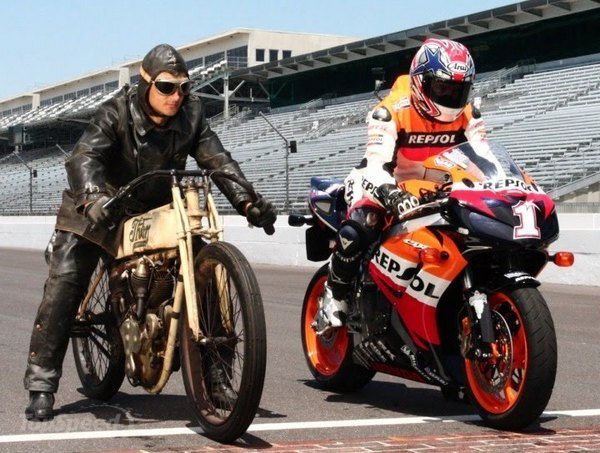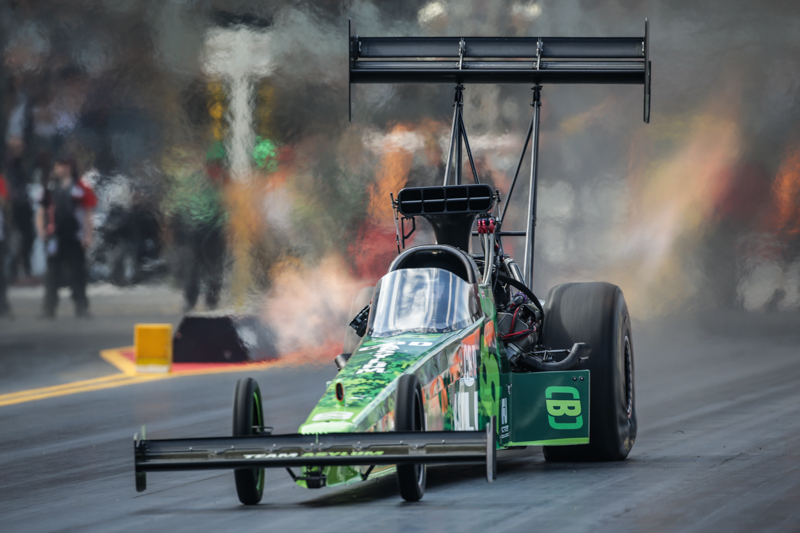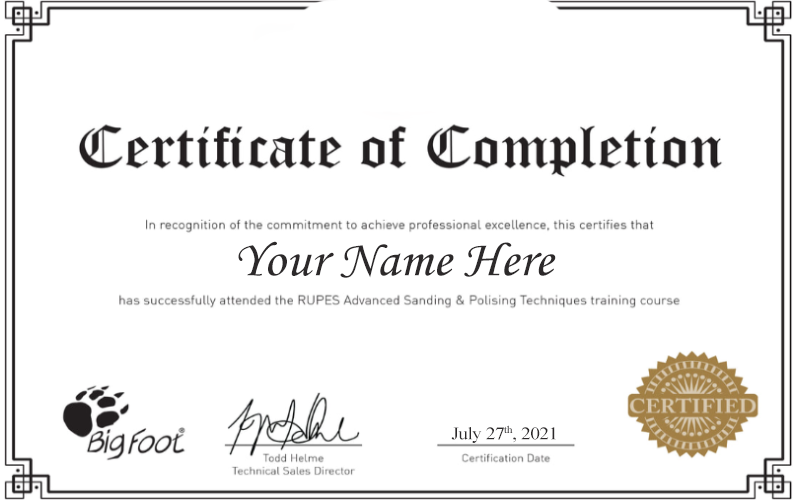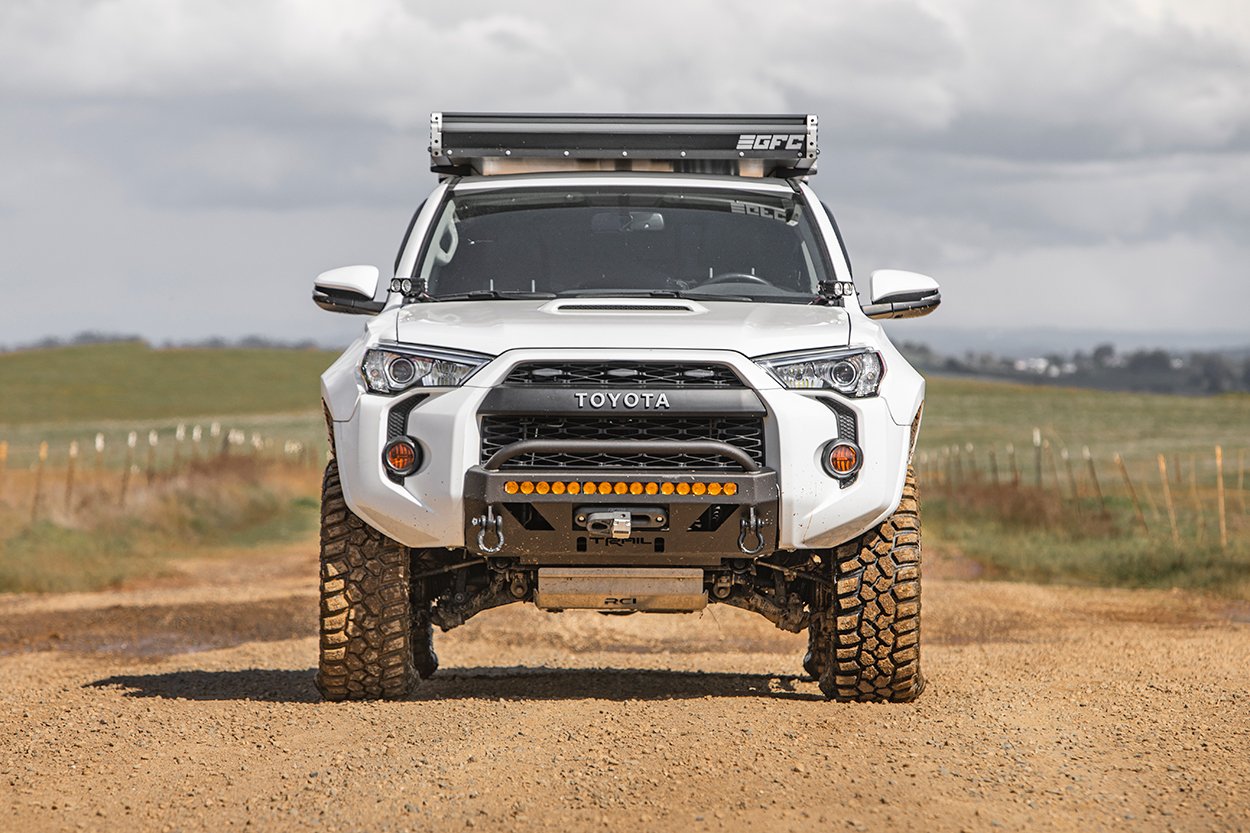No matter how many years go by, the motorcycle sector always seems to be something of a niche category. This is despite the fact that the world of motorcycles features some of America’s best-known and most iconic brand names like Harley-Davidson. Equally interesting, however, is to learn more about how motorcycle makers both old and new are embracing new technology to create all-new kinds of bikes that the uninitiated are barely aware exist.
In today’s article, we are looking in depth into the realm of motorcycles, both the old and the new, to learn about where these unique vehicles have come from and where they are going next.
What Does the Average Person Know About Motorcycles?
To take the average car driver and ask what they know about motorcycles, we will likely discover that people know surprisingly little. Despite probably all drivers seeing motorcycles on a regular basis, the majority of us don’t drive them and therefore don’t find ourselves so engrossed in their world.
Typical knowledge of a motorcycle might be limited to:
- They have 2 wheels
- They sometimes come with sidecars
- Popular brands include Harley-Davidson, Suzuki, Honda, Yamaha, Ducati, Kawasaki and others
- They go fast, can slip through traffic and are often used for various motorsports
It’s a pity really, because the development of the motorcycle in recent years, as well as the struggles of some of America’s most iconic motorcycle marques and the advent of electric motorcycles, come together to form a really fascinating story.
In today’s piece, we will broadly divide the two sides of the current sector into two parts. On one side, we’ll talk about the heritage brands and gasoline and diesel models as part of the so-called “Old World.” On the other side, we’ll discuss the newer electric models and how their progress is promising to give a real shakeup to an automotive sector that seems so remote and unchanging to those outside of it.
Motorcycles: The Old World
How can we characterize the “old world” of motorcycles? We’re not here to give a long history lesson. In brief, the old world is made up of heritage brands, gasoline and diesel powertrains, and motorcycles that fit into one of six broad categories, namely:
- Standard
- Touring
- Sport
- Cruiser
- Off-Road / Dirt Bike
- Dual-Purpose
Of course, there’s even more in the world of motorcycles if you also include vehicles like scooters and mopeds, but for the purposes of this article, we won’t be including these. What are the basic features of each of the above motorcycle types?
Standard
Some people call these bikes roadsters, while others give them the rather unique moniker “naked bikes,” which refers to the bike being stripped away of some of the high-performance frills that turn them into sports bikes. The latter term is not used much nowadays, but it’s still an important part of the development story.
Riders of standard bikes will take an upright position, with shoulders above the hips and the hands not stretched too far forward in order to get to the handlebars. They don’t feature things like windshields or fairings, but attract buyers with decent gas mileage, lower price tags and flexible use.
Touring
As the name suggests, these are the bikes that are built specifically for distance riding. If you’ve driven long distance yourself, you may have seen these bikes on the highway, often laden up with luggage compartments, and quite possibly a second person in the passenger seat.
These are characterized by their large windshields, big fuel tanks, heavier weights and are set up for riders’ and passengers’ comfort. It’s actually possible to take a standard bike and make some additions to it that convert it into a touring model, but a real touring bike is purpose-built for distance driving.
Sport
One of the first things you notice on the sport bike when compared to the standard of touring bike is the seating position of the rider. Sport bikes are about speed, power and acceleration, and the riders sit themselves leaning forward. They’re not the most comfortable or economical of bikes, but that holds true in the world of sports cars, as well, where comfort is sacrificed for performance.
The real heart of the sport bike is its engine, with inline-four engines taking up most of the space, but with many notable exceptions popping up here and there. Another common feature in sport bikes is fairings designed to enclose the engine. You’ll typically also find a windshield, which is necessary for deflecting wind when traveling at high speeds.
Cruiser
It is in this category that we find the most recognizable American motorcycle icons like the Harley-Davidson, Indian, and Excelsior-Henderson brands. The rider is usually seated in a reclining position, though it does depend on the exact model. It’s either reclining or something in between that and upright. Handlebars are often high, and feet are placed forward.
All of this makes cruisers a comfortable ride, but they are also characterized by V-twin engines with a large displacement tuned to low-end torque. This configuration makes them easy to ride because low-end torque means you don’t need to shift gears as often as you would in some other models. Here’s some more info on different kinds of cruisers,
Off-Road / Dirt Bike
These bikes are purpose built for off-road events like Motocross. The dirt-bike frame is lighter, and the riding position placed higher. You can expect to see additional off-road-friendly features such as knobby tires, long suspension travel, a high center of gravity and a lot more torque capability.
You’ll see these bikes used in events such as Enduro, Rally raid, Trials and much more. The main thing to be aware of with these bikes is that they are built specifically for off-road use, meaning that they are not street-legal. You can use them on private property, in an off-road riding park, on state trails or on a specially made motocross track. You can’t, however, ride it on any public road, or even in a parking lot.
Dual-Purpose
You may have heard of this category called Dual-sport, or even something like “adventure motorcycle.” These ones are built using a dirt bike chassis, but with some additions that make them more street-savvy. While some off-road bikes are not built for street riding, these ones form a kind of hybrid design giving you the best of both worlds.
On the road, you can take advantage of a tall seat height for good suspension and visibility up ahead. You’ll also have lights, mirrors, signals and road instruments that make road driving both safe and legal. They’re also, however, capable of off-road adventure thanks to the great suspension and high-speed capabilities.
Iconic American Motorcycle Brands
The best-known American cycles include the Cruiser styles, typified by Harley-Davidson and Indian. Is there anywhere left in the world that hasn’t heard of these brands?
Harley-Davidson
Based in Milwaukee, Wisconsin, the Harley is the epitome of American motorbiking. With over a century of heritage, it is arguably the world’s most recognizable cycle brand, that can project itself not only through its strong build, familiar logo, and stellar performance, but also through the loyal and widespread the following the bikes have around the world.
The company traces its origins back to the early 20th century, with their first big orders coming from the US military, who needed bikes for use after America’s entry into the First World War. The company quickly grew and by 1920, it was the biggest manufacturer in the world, overtaking even British giant Triumph. The bikes were continuously developed and sold well during the Great Depression, World War II and the post-war period, during which Harley acquired a German motorcycle design — the DKW RT 125 — as part of the war reparations package.
There were some tumultuous times in the 1950s where the company’s name was damaged by accusations of corrupt and restrictive practices as they attempted to lobby the US Tariff Commission to slap a huge 40-percent tariff on all imported motorcycles, a move that would have killed competition but wasn’t strictly ethical. Later came tough competition from quality affordable Japanese bikes. The company started its recover in the early 1980s and now has operations in another of other countries including Brazil and India.
Some reason difficulties in the Indian market have seen operations there close down, but the bikes remain as popular as ever in Europe and the Americas. Everyone knows a Harley from its classic V-twin engine with its unmistakable and patented 45-degree angle between the cylinders. The engine was designed to work with a single set of points, and no distributor, which helped bring the overall cost down. Finally, what you really get to know is the unique sound of the engine and exhaust, which are caused by its unique operating method. The engine firing sequence goes like this:
- Step 1: First cylinder fires
- Step 2: 315-degrees later, the second cylinder fires, followed by a 405-degree gap
- Step 3: The first cylinder fires again
Its big V-twin engines have included the F-head in the early days, and now the Milwaukee-Eight, which features three twin-cooled designs which from the standard engine range in models of the 2017 model year and later. Before that, it was the interestingly named “Fathead” engine that dominated the range between 1999 and 2017.
To help overcome financial trouble in recent years, 2020 saw the first-ever female CFO appointed at Harley-Davidson, Gina Goetter. She was previously at Tyson Foods, which made the move a little strange on the surface, but less so once we understood her particular skill set in helping companies navigate difficult financial times.
To modernize their range, Harley have diversified from the classic cruiser look to include some more contemporary designs, including its range of beautiful street bikes and tourers, and now even an electric model, the aptly named LiveWire, made even more famous by their inclusion in Ewan McGregor and Charley Boorman’s Apple TV+ show, “Long Way Up.” The show saw McGregor and Boorman riding the LiveWire from the southern tip of South America all the way up to Los Angeles.
Indian
Indian is about the same age as Harley-Davidson, founded just two years earlier than Harley in 1901. Unlike Harley-Davidson, Indian was unable to maintain its corporate independence. It now exists as a brand belonging to off-road and leisure vehicle maker, Polaris Industries. In fact, over the decades since its independent operations ended in 1953, the Indian brand has been owned by no fewer than seven corporate entities.
Between 1999 and 2011, a series of mergers did see a company called the Indian Motorcycle Company of America form, followed by Indian Motorcycle Company, but these were taken over by its new parent, Polaris in 2011.
Indian can also trace some of its most formative stories back to the era of the First World War. Its signature model back then was called the Powerplus, which is sold domestically in the US through its network of dealers. America’s entry into the war, however, saw the majority of Indian’s Powerplus stock get snapped up, leaving dealers without and a huge shortage in the United States. You may assume that the inter-war and post-war period after World War II would see a correction in that, but in fact Indian struggled to recover even from this initial setback.
Other well-known Indian models included the Dispatch (1939), Scout (1920) and the 841 which was built specifically for desert fighting. Many assumed that the 841 was copied from the BMW R71, but there were actually some notable differences, highlighting Indian’s ingenuity. The most noticeable difference was the 90-degree longitudinal crankshaft V-twin engine and girder fork.
Their fortunes after the war didn’t fare well, seeing the company taken over first by Brockhouse Engineering in 1953 and a slew of other corporate parents in the subsequent decades, each holding the brand typically for fewer than 10 years.
The current range of Indian motorcycles includes the superb Indian Challenger Dark Horse tourer, the FTR Rally and the Scout Bobber Sixty. The current headline models are said by Indian to be “a new generation of classics,” and the retro styling is certainly a testament to that. From Brembo brakes to dominant lines, these bikes have serious presence.
Motorcycles: New World
What’s interesting in the world of motorcycles is just how long the classic-look bikes have managed to stay popular. It seems that bikers are generally pretty nostalgic, and while technology changes, the looks of many bikes have stayed fairly consistent in so many ways, particularly among the most iconic brands.
All of this has led to dominance of a handful of bike brands like those mentioned above, including Japanese brands like Suzuki, Honda and Kawasaki, and European brands such as Benelli, BMW and Piaggio. What, then, of the new world of motorbikes?
Like many vehicles in the new and emerging industry, it’s electric bikes that are making waves. Harley-Davidson has its LiveWire model, which features a 15.5kWh battery and boasts up to 146 miles of range on a single charge and a top speed of 95mph. This lively bike can get you from 0 to 60 in just 3 seconds. The LiveWire was made extremely famous thanks to its use in Ewan McGregor’s TV series, but there are actually more electric bike models out there than you think. Some notable models include:
Zero SR
This model is one that’s helping to set aside people’s motorbike range anxiety, extending the range of the LiveWire to 179 miles, even on a smaller 14.4kWh battery, and raising its top speed to 102mph. Its sleek looks have universal appeal, combining the edgy high-riding dirt-bike lines with the power and bulk of a road bike.
Brutus V9
Just when you thought electric bikes would be smaller and more efficient, along came the Brutus V9 to shatter your illusions. This huge 780-pound bike carries an 18.8kWh engine, a top speed of 115mpg, and an absolutely groundbreaking range of 280 miles, putting it streets ahead of even some of the most popular EV car models out there. Perhaps one issue, however, for die-hard motorcycle fans, is that the electric build of this motorcycle means there’s no thrilling roar of the exhaust to build up the biker energy as you prepare to roll out.
Johammer J1.200
If you’re really sick of the more conventional motorcycle designs, then this could be a good fit for you. The Johammer J1.200 is like a vehicle from science fiction with its unique frame and wheel design. It’ll certainly turn heads wherever it goes. The 12.7kWh battery gets up to a respectable 124 miles in range, and better yet, the bike is under 400lbs in weight. Many report that it feels more like a heavy-duty electric bicycle rather than a motorbike, but we know better.
Arc Vector
Speaking of futuristic designs, the Arc Vector is an impressive futuristic cousin like the Johammer, but with more of the superbike vibe about it. The Arc Vector gets up to 270 miles in range and despite its bulky appearance, weighs far less than the Brutus at just 485lbs. This one also includes a very impressive HUD-based pilot system, which will see you get all the information you need without taking your eyes off the road. At $117,000 as a starting price, however, it can hardly be called budget friendly.
Volcon: A New-World Motorcycle Adventure Brand
All the above electric bikes are helping to change the way we look at motorcycles in the future, but there’s one more brand that is also proving that electric bikes aren’t just for city slickers. Volcon is a specialist in electric off-road and adventure vehicles. Its current range consists of three vehicles, the Grunt electric motorbike, and the Stag and Beast all-terrain vehicles.
The Grunt is where we want to put our focus for today’s piece. This incredible off-roader is really helping even the most rugged and hardened dirt bike fan question their commitment to gasoline, diesel and the familiar grind of the internal combustion engine. The Grunt boasts a number of unique properties that don’t just make it as good as regular dirt bikes, but actually far superior in numerous ways.
Volcon Grunt: Specification
To look at the numbers it certainly doesn’t compare to some of the super electric road bikes mentioned above, but the Grunt is an off-road specialist vehicle, anyway. It gets up to 100 miles of range per charge, but the great thing about the Grunt is that you can bring a second charged battery with you and then switch it out when your original gets low. In this way, you easily extend range to up to 200 miles.
Better yet, if you thought some of the above bikes seemed light, then the Volcon Grunt’s weight of under 200lbs makes it truly the lightest of all, easy to load up into a bigger truck to take where your off-road adventure begins. Finally, the price point at under $6,000 makes it equally one of the most affordable electric bikes out there.
Volcon Grunt: Unique Features
When you learn more about the Grunt, you see that this bike could really change everything for motorcycle off-roaders. For one thing, the changeable battery removes any fear of range anxiety. But how about the fact that the electric powertrain is also IP67-rated for waterproofing. Volcon confidently claims that their Grunt can be ridden underwater without any fear of stalling, and you can pressure wash it all you like, not a drop is getting into that powertrain.
As for charging, the Grunt adds speed into the mix. You can plug it into a household outlet and have it charged back to full within just two hours. You’ll have plenty of opportunity to plug it back in, of course, given that the all-electric powertrain means no gears, no oil changes, no replacing engine components. That makes it affordable to run as well as buy.
The Future of Motorcycling in America
Will we see a day soon when motorbikes run silently down the freeways and across the mountain trails of our national parks? That day seems to be edging closer than you think. From sturdy wartime steeds on two wheels to underwater marvels of electrical engineering, the motorcycle has come a long way.
While the world of electrical propulsion in cars is accelerating at quick speed. It feels like motorbikes may take a bit longer to really capture everyone’s imaginations with their electric powertrains. Models like the Volcon Grunt are undoubtedly going to be popular with off-road enthusiasts who will love the chance to get those fat tires running over 100 miles of trail at a time. Road models, however, will need more time to become accepted by the ever-faithful biker groups who demonstrate much fiercer brand loyalty to their bikes than car owners tend to do.
The bigger picture we get of the world of motorcycles, however, is that they face some of their own unique challenges as time goes on. Increasing competition from electric bikes is seeing the need for even heritage brands to embrace change. How many people as recently as 20 years ago would have put money on Harley-Davidson releasing an electric motorbike ever, not least before 2020? Now the LiveWire is touted as one of the best of the bunch, overall.
Bikers are not just motorists, they are fans; passionate believers in their chosen brand of bike. It’s a whole different game of branding and marketing when compared to cars. With younger, less nostalgic generations starting to dominate the marketplace, however, how long can it really stay this way?



